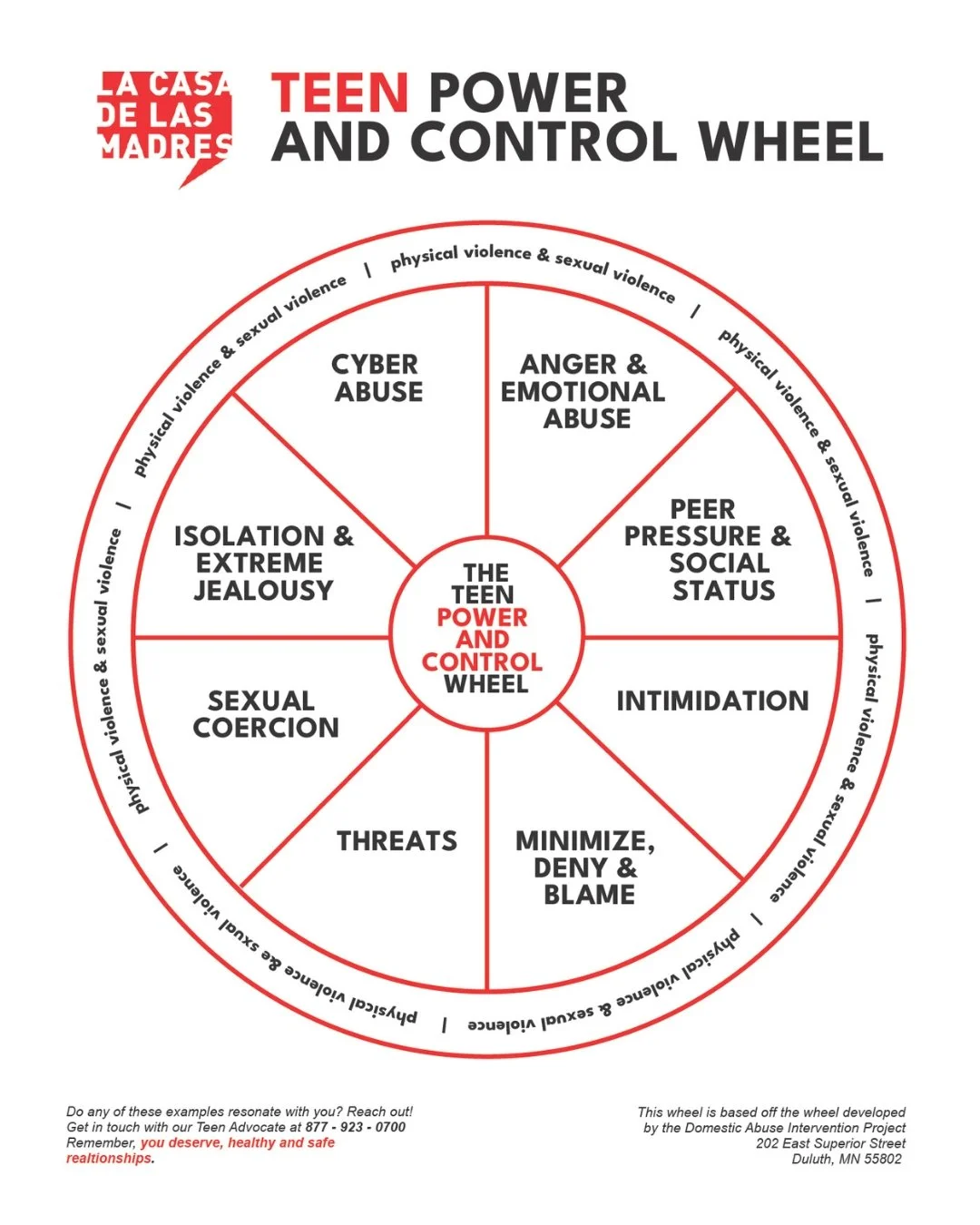As we recognize February Teen Dating Violence Awareness Month, we want to take a moment to uplift and honor the incredible strength of youth survivors. Your resilience inspires us every day.
Throughout this past year, La Casa’s Teen Program has grown to also include direct client support such as peer counseling and support groups. But what is Teen Dating Violence? We may be familiar with stereotypes or common ideas around Domestic Violence but the concept of Teen Dating Violence may be unfamiliar. Teen Dating Violence is defined as:
“A pattern of abuse between people who are in a dating/or formerly dating relationship
whose purpose is to gain POWER and CONTROL over the other.”
The Teen Power and Control Wheel highlights the disturbing reality that abusive patterns can show up in various forms—extreme jealousy, isolation, anger, emotional manipulation, sexual abuse, and even peer pressure and intimidation. These toxic behaviors are often amplified within the close-knit environments of high schools and middle schools, where everyone knows each other’s business. We must shine a light on this because many young people view their first relationships as crucial learning experiences. Every one of us deserves to experience healthy and respectful relationships—youth included.
With the increased popularity of social media and other phone apps, a trend we have been seeing with your youth is increased cyber abuse. Cyber or Digital abuse, is defined by the National Domestic Violence Hotline as:
“the use of technology and the Internet to bully, harass, stalk, intimidate, or control a partner. This behavior is often a form of verbal or emotional abuse conducted online.”
Cyber abuse has evolved beyond traditional boundaries. For many, it’s become commonplace to track a partner’s whereabouts through social media, monitor who they interact with, or even demand access to personal accounts by asking for passwords. It’s not just about spying; it can also show up as harassment in Instagram comments or pressure to send unsolicited intimate content. In addition, platforms like TikTok and Instagram have made it easier to stay connected with friends and partners, even across long distances. This digital closeness manifests risky relationships that are only known online, with many teens never meeting their partners in person.
In our increasingly digital world, we have to understand that, in turn, cyber abuse is an integral piece of Teen Dating Violence. While social media offers youth a sense of independence and a powerful way to stay connected, we can’t neglect the importance of protecting ourselves online. Protections include: only staying logged into accounts on personal devices, not sharing passwords, and meeting online partners or friends in safe, public spaces i.e. always informing someone close to you of your plans.
To prevent cyber abuse, it’s vital to focus on harm reduction. Empower teens to be mindful of their safety online, and encourage open conversations about relationship boundaries and digital security - while also acknowledging that social media use is an integral part of most lives.
This month, we urge teens to not only check in on their own relationship boundaries, but also their current technological boundaries, and remember: It's always okay to change your mind! If someone is upset with you for not sharing your location or giving them your passwords - that is a red flag! Your privacy and boundaries demand respect. It’s also important to check on your friends and loved ones who are in relationships. Some might be struggling in silence, caught in unhealthy dynamics they don't even recognize, or may be too afraid to speak out. If you notice a friend withdrawing or being controlled by a partner, don't hesitate to kindly offer support. You are not alone—we’re here to help and listen, in whatever form you may need it.
Teen Crisis Line: 877 - 923 - 0700
Teen Advocate Voicemail Box: 415 - 503 - 0500 x 319
Author: Sophie Reichert, Family Advocate -Teen Program


